Home>Garden Essentials>How Deep To Plant Papaya Seeds
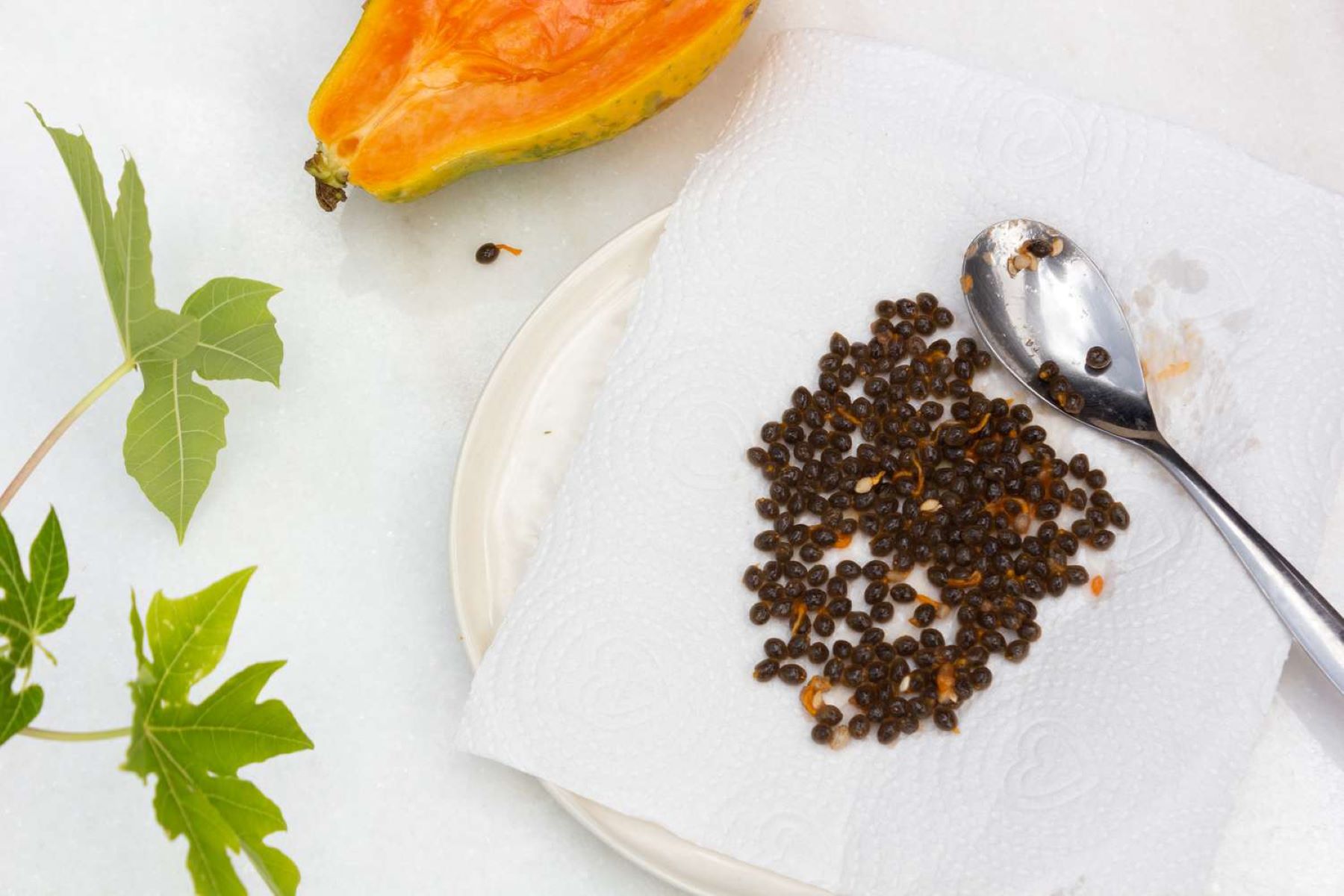

Garden Essentials
How Deep To Plant Papaya Seeds
Modified: May 6, 2024
Learn the best gardening practices for planting papaya seeds in your garden. Find out the optimal depth and conditions for successful growth.
(Many of the links in this article redirect to a specific reviewed product. Your purchase of these products through affiliate links helps to generate commission for Storables.com, at no extra cost. Learn more)
Introduction
Welcome to the world of papaya gardening! Papaya, also known as pawpaw or papaw, is a tropical fruit that is loved by many for its juicy and refreshing taste. Whether you are a seasoned gardener or a beginner looking to try your hand at growing fruits, learning how deep to plant papaya seeds is essential for successful cultivation.
Native to Central and South America, papaya trees thrive in warm climates and can grow up to 30 feet tall. They are known for their large, palm-like leaves and vibrant orange or yellow fruit. Papaya is not only delicious but also packed with essential nutrients, including vitamins A and C, folate, and potassium.
When it comes to planting papaya seeds, there are a few factors to consider, including the specific variety you are growing, the climate of your region, and the soil conditions. In this article, we will explore these factors and provide you with guidelines on the recommended depth for planting papaya seeds.
Key Takeaways:
- Plant papaya seeds about 1 inch deep in loose soil for successful germination. Consider climate, soil, and pollination factors for a thriving papaya garden.
- After planting, provide consistent moisture, sunlight, and care to your papaya plants. Harvest ripe fruits and enjoy their tropical sweetness in various delicious ways.
Read more: How Deep To Plant Cauliflower Seeds
Factors to Consider
Before getting your hands dirty and planting papaya seeds, it is important to consider a few key factors that can impact the success of your papaya garden. These factors include:
- Climate: Papaya trees thrive in tropical and subtropical climates. They require plenty of sunshine and temperatures between 70 to 90°F (21 to 32°C). If you live in a colder region, you can still grow papaya, but it may require additional protection or growing in a greenhouse.
- Soil Conditions: Papaya prefers well-draining soil with a pH level between 6 and 7.5. Sandy loam soil is ideal for papaya cultivation as it promotes healthy root development and prevents waterlogging. Ensure that the soil is rich in organic matter and has good nutrient content.
- Wind Protection: Papaya trees have shallow root systems, making them susceptible to wind damage. Consider planting your trees near a windbreak, such as a fence or larger shrubs, to provide protection against strong winds.
- Pollination: Papaya plants are either female, male, or hermaphrodite (having both male and female flowers on the same plant). In order to ensure fruit production, it is ideal to have both male and female plants in close proximity for natural pollination. If you have only one plant, choose a hermaphrodite variety that can self-pollinate.
- Pest and Disease Management: Papaya is susceptible to various pests and diseases, including fruit flies, aphids, and powdery mildew. Regularly inspect your plants for any signs of infestation or disease and take appropriate measures to control them.
By considering these factors, you can create the optimal conditions for your papaya garden and increase the chances of a bountiful harvest. Once you have assessed these factors, you can move on to determining the recommended depth for planting papaya seeds.
Recommended Depth
The recommended depth for planting papaya seeds can vary slightly depending on the specific variety and growing conditions. Generally, papaya seeds are planted at a depth of about 1 inch (2.5 centimeters). This allows the seeds to be covered with enough soil to provide moisture and protection while still allowing them to easily sprout and emerge from the ground.
It’s important to note that papaya seeds are relatively small, about the size of peppercorns, so they should not be buried too deep. If planted too deeply, the seeds may struggle to germinate and break through the soil surface. The 1-inch depth provides an optimal balance for successful seed germination.
Another helpful tip is to place multiple seeds in each planting hole, about 2 to 3 seeds per hole. This will increase the chance of successful germination, as not all seeds may sprout. Once the seeds have sprouted and established seedlings emerge, thinning can be done to leave only the healthiest and strongest seedling in each hole.
In addition to the depth, it’s important to ensure that the soil covering the seeds is loose and not compacted. Loose soil allows for proper air circulation and root development. To achieve this, gently press the soil over the seeds rather than compacting it down firmly.
Remember to mark the planting spots or rows where you have sown the seeds, as this will help you keep track of their progress and provide appropriate care as they grow. With the right depth and planting technique, you will soon see your papaya seeds sprout and begin their journey to becoming fruitful trees.
Planting Process
Now that you have an understanding of the recommended depth for planting papaya seeds, let’s dive into the actual planting process. Follow these steps to give your papaya seeds the best start:
- Preparing the Soil: Start by preparing the planting area. Ensure that the soil is well-draining and has a pH level between 6 and 7.5. Remove any weeds or debris and loosen the soil with a garden fork or tiller to a depth of about 12 inches.
- Sowing the Seeds: Dig planting holes that are approximately 1 inch deep. Place 2 to 3 papaya seeds in each hole. Cover the seeds gently with loose soil, being careful not to compact it down too firmly.
- Watering: After sowing the seeds, water the planting area thoroughly. This will help settle the soil and provide the necessary moisture for seed germination. Keep the soil consistently moist during the germination period, which usually takes around 10 to 14 days.
- Providing Adequate Sunlight: Place your papaya seeds in an area that receives plenty of sunlight. Papaya plants require at least 6 hours of direct sunlight per day for optimal growth and fruit production.
- Thinning the Seedlings: Once the seedlings emerge and reach a height of about 2 to 3 inches, thin them out to leave only the healthiest and strongest seedling in each planting hole. This will ensure that the remaining plants have enough space to grow and thrive.
- Protection from Pests: As the seedlings grow, be vigilant about protecting them from pests. Use organic pest control methods or natural deterrents to keep pests at bay. Regularly inspect the leaves for any signs of pest damage and take appropriate action if necessary.
With proper care and attention, your papaya seeds should sprout and develop into healthy seedlings. It’s important to continue providing regular watering, sun exposure, and proper nutrient supplementation to support their growth. As the plants mature, you can also take additional steps to ensure they stay healthy and produce fruit.
Plant papaya seeds about 1/2 inch deep in well-draining soil. Keep the soil consistently moist and warm for best germination.
Care and Maintenance Tips
Once your papaya seedlings have emerged and established, it’s important to provide them with proper care and maintenance to ensure their healthy growth and abundant fruit production. Here are some valuable tips to help you maintain your papaya plants:
- Watering: Papaya plants have shallow root systems, so it’s essential to keep the soil consistently moist. Water the plants deeply, but avoid waterlogging the soil, as this can lead to root rot. During hot and dry periods, increase the frequency of watering.
- Fertilization: Papaya plants are heavy feeders and benefit from regular fertilization. Provide a balanced organic fertilizer or a specialized fruit tree fertilizer according to the recommended dosage. Apply the fertilizer around the base of the plants every 4 to 6 weeks during the growing season.
- Mulching: Apply a layer of organic mulch, such as shredded leaves or straw, around the base of the plants. Mulching helps retain soil moisture, suppresses weeds, and improves overall soil health. Keep the mulch a few inches away from the papaya’s stem to prevent rotting.
- Pruning: Regular pruning can help maintain the shape and size of your papaya plants. Remove any dead or damaged branches to promote healthy growth. Additionally, pruning can help improve air circulation and reduce the risk of fungal diseases.
- Support: As papaya plants grow taller and produce fruit, they may need additional support to prevent the heavy branches from breaking. Use stakes or tie the branches to a sturdy structure to provide support and prevent damage.
- Pest and Disease Control: Keep a close eye on your plants for any signs of pests or diseases. Common pests that can affect papaya plants include fruit flies, aphids, and mealybugs. Regularly inspect the leaves and fruits, and use organic insecticides or natural remedies to control infestations. Remove any diseased or infected plant parts promptly to prevent the spread.
- Protecting from Frost: If you are growing papaya in a region with occasional frosts or colder temperatures, provide protection to the plants. Cover them with frost blankets or move them indoors to a warmer location during extreme cold spells.
By following these care and maintenance tips, you can ensure that your papaya plants stay healthy, vigorous, and productive. With proper care, you can look forward to enjoying the delicious fruits of your labor in the near future.
Read more: How Deep To Plant Coneflower Seeds
Harvesting and Enjoying Papaya Fruits
Once your papaya plants have matured and started producing fruit, it’s time to reap the rewards of your gardening efforts. Here’s a guide to harvesting and enjoying papaya fruits:
- Determining Fruit Ripeness: The timing of harvest is crucial for papayas. The fruits are typically ready to be harvested when they have reached their full size and color. Most papaya varieties will turn from green to yellow or orange as they ripen, although some varieties may retain a greenish hue even when fully ripe. Additionally, the skin should give slightly when gentle pressure is applied.
- Harvesting Technique: Use a sharp knife or pruning shears to cut the fruit from the tree. Leave a small portion of the stem attached to the fruit to help preserve its freshness. Be careful when handling the fruits, as they can be fragile and easily damaged.
- Storing Papayas: Once harvested, papayas can be stored at room temperature until they fully ripen. If you have an abundance of ripe papayas, you can store them in the refrigerator for a few days to extend their shelf life. However, it’s best to consume them as soon as possible for the most delicious and flavorful experience.
- Enjoying the Fruits: There are various ways to enjoy papaya fruits. You can simply cut them open, remove the seeds, and enjoy the sweet and juicy flesh directly. Papayas make a nutritious addition to fruit salads, smoothies, or tropical desserts. You can also use them in savory dishes like salsas, sauces, or grilled fruit skewers.
- Collecting Seeds: If you wish to save seeds for future planting, scoop out the seeds from the papaya fruits and rinse them thoroughly to remove any pulp. Allow the seeds to dry completely in a cool, dry place before storing them in a sealed container. Remember that papaya seeds may not produce identical fruits to the parent plant, as cross-pollination can occur.
Harvesting papaya fruits at their peak of ripeness ensures the best flavor and texture. It’s a rewarding experience to enjoy the fruits of your labor and savor the tropical sweetness of homegrown papayas. So, get ready to indulge in the deliciousness and versatility of this remarkable fruit.
Conclusion
Growing papaya plants and harvesting their flavorful fruits can be a fulfilling and rewarding experience. By understanding the factors to consider, the recommended depth for planting papaya seeds, and implementing proper care and maintenance techniques, you can increase the chances of a successful papaya garden.
Remember to take into account the climate, soil conditions, wind protection, and pollination requirements when choosing a location for your papaya plants. Sow the seeds at a depth of approximately 1 inch, ensuring that the soil covering is loose to allow for proper air circulation and root development.
Once the papaya seedlings emerge and establish themselves, provide them with adequate water, sunlight, and regular fertilization. Prune the plants as needed, protect them from pests and diseases, and offer support to heavier branches as they bear fruit.
When it comes time to harvest the papaya fruits, wait until they reach their maximum size and color. Harvest the fruits carefully using sharp tools, leaving a small portion of the stem attached. Store the papayas at room temperature or in the refrigerator, and enjoy the delicious fruits in various ways, whether eaten fresh, added to salads, used in smoothies, or incorporated into savory dishes.
Remember, gardening is a continuous learning process, and each papaya plant may present its own unique challenges and rewards. With proper care, patience, and a little bit of luck, you can experience the joy of growing and savoring your own homegrown papaya fruits.
So, why not embark on this tropical adventure and immerse yourself in the delightful world of papaya gardening? Happy planting and harvesting!
Now that you've mastered planting papaya seeds at just the right depth, why not take your gardening skills up a notch? Figuring out how long seeds take to sprout is crucial for planning your garden's layout and timing. Our next guide will walk you through the stages of seed germination, helping ensure your papaya plants get the best start possible. This handy information will make gardening more rewarding as you watch your efforts come to fruition with vibrant, healthy papayas.
Frequently Asked Questions about How Deep To Plant Papaya Seeds
Was this page helpful?
At Storables.com, we guarantee accurate and reliable information. Our content, validated by Expert Board Contributors, is crafted following stringent Editorial Policies. We're committed to providing you with well-researched, expert-backed insights for all your informational needs.
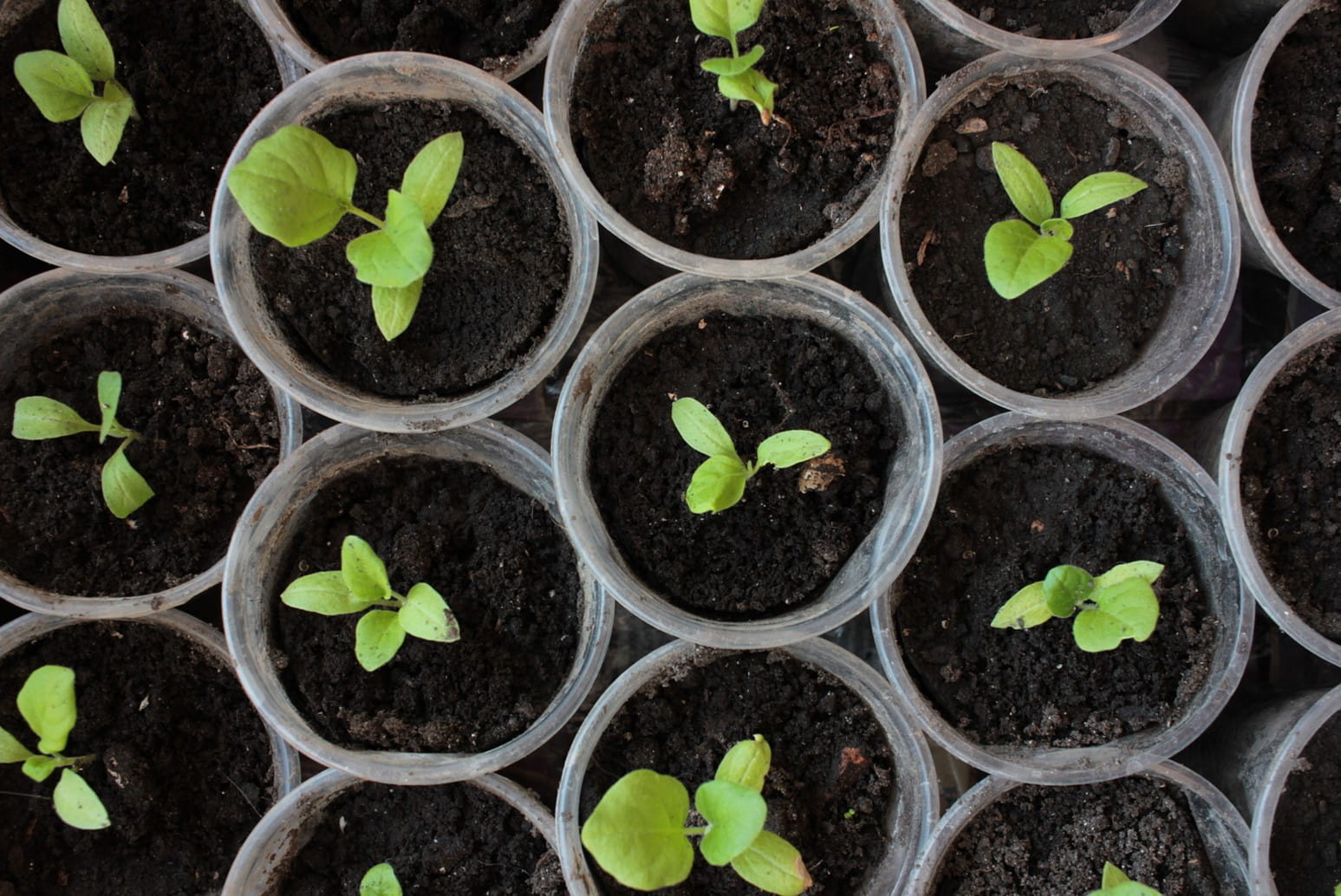
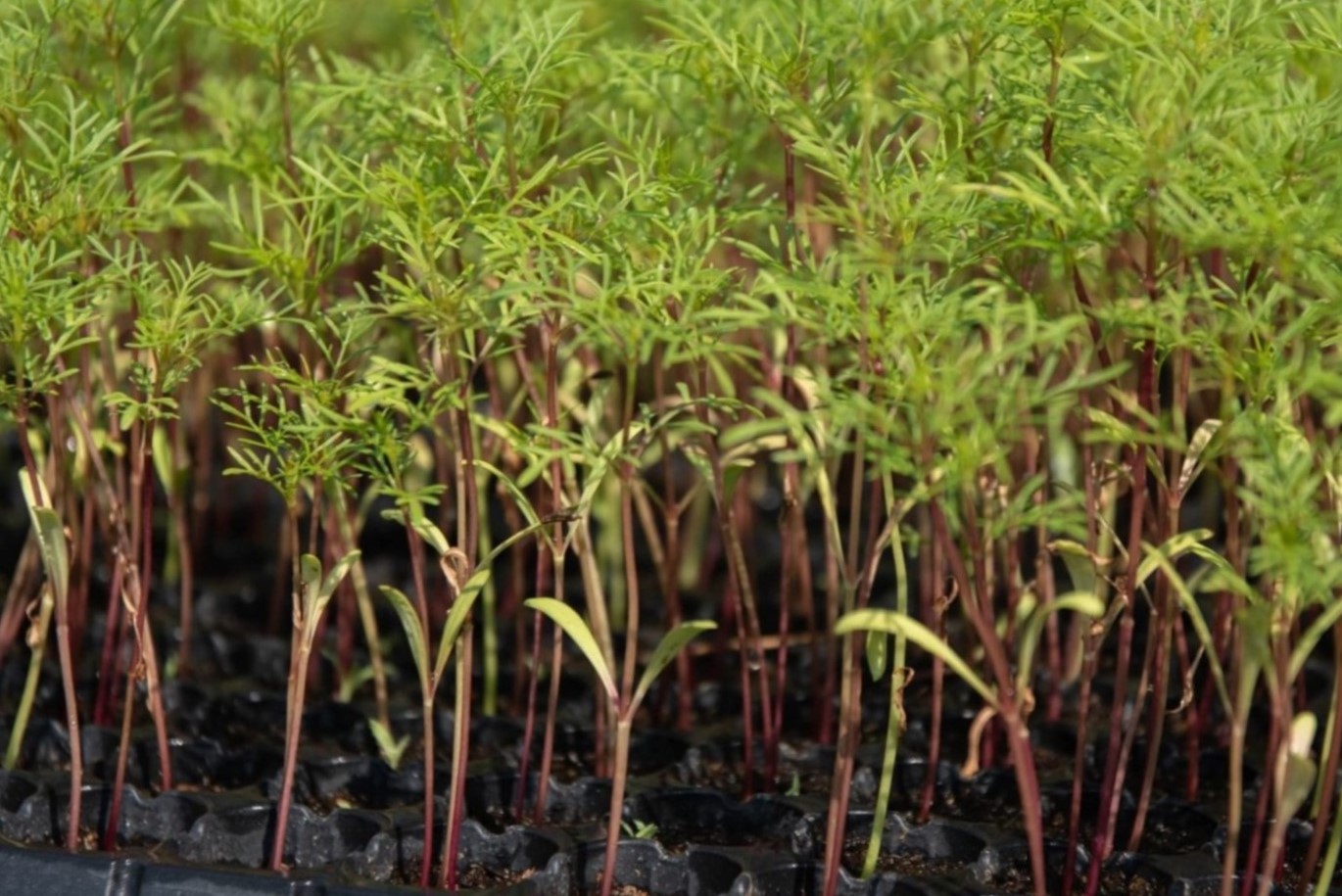
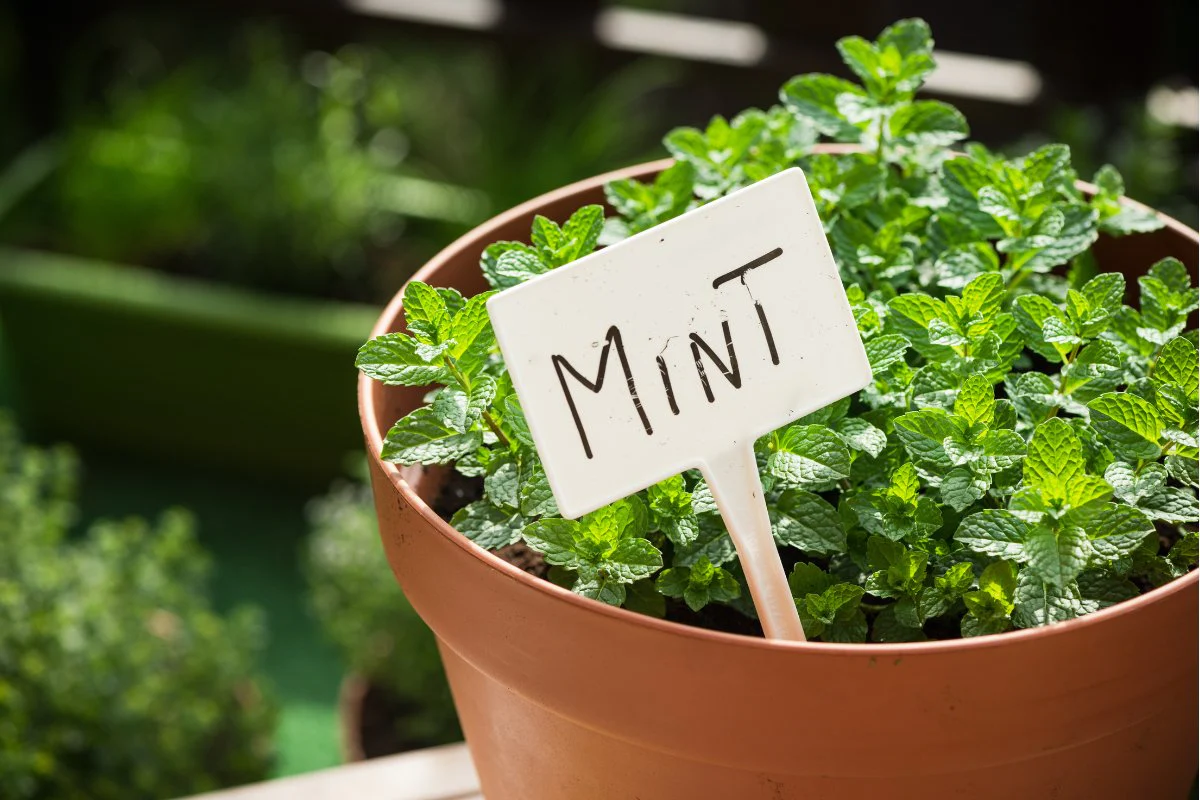
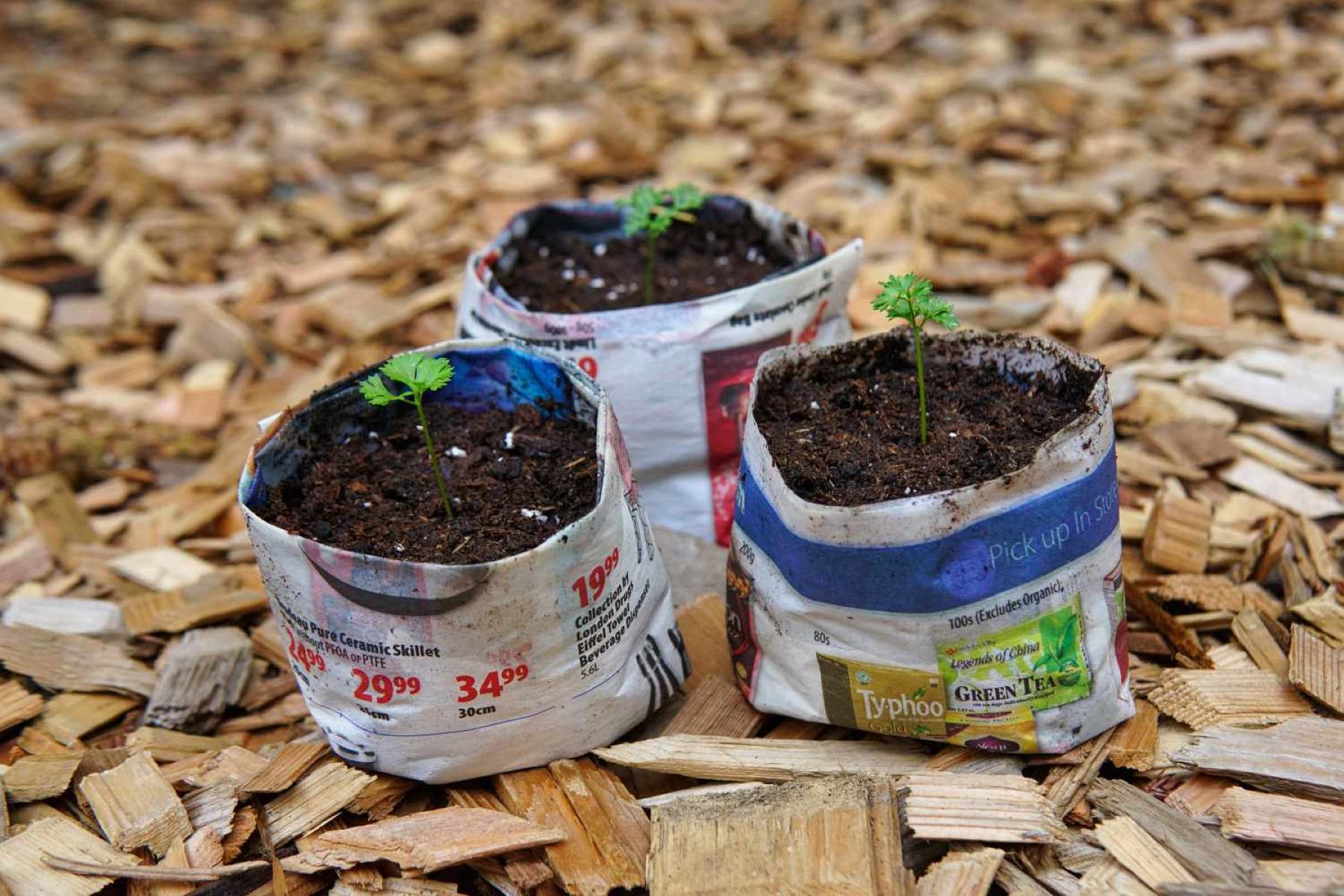
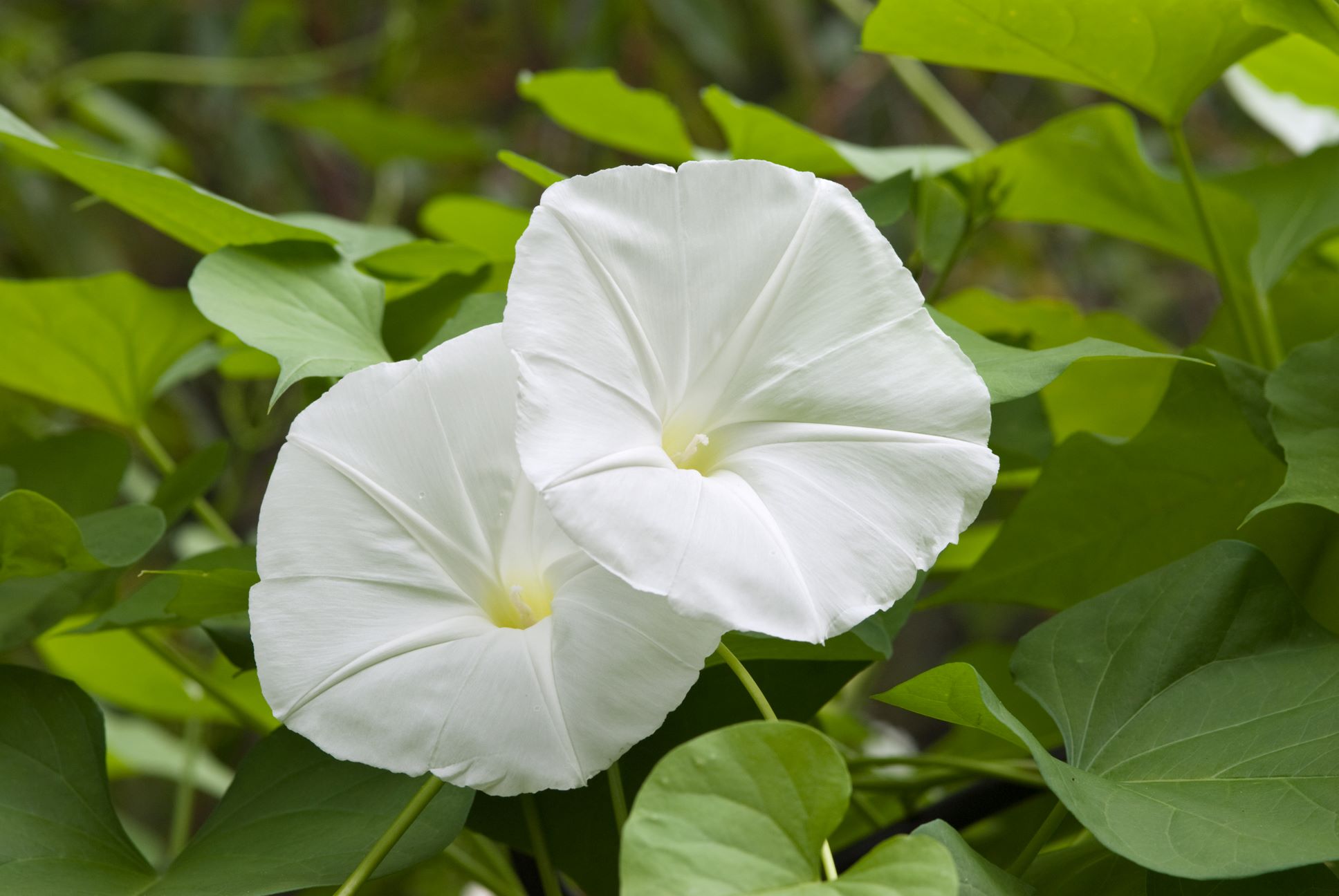
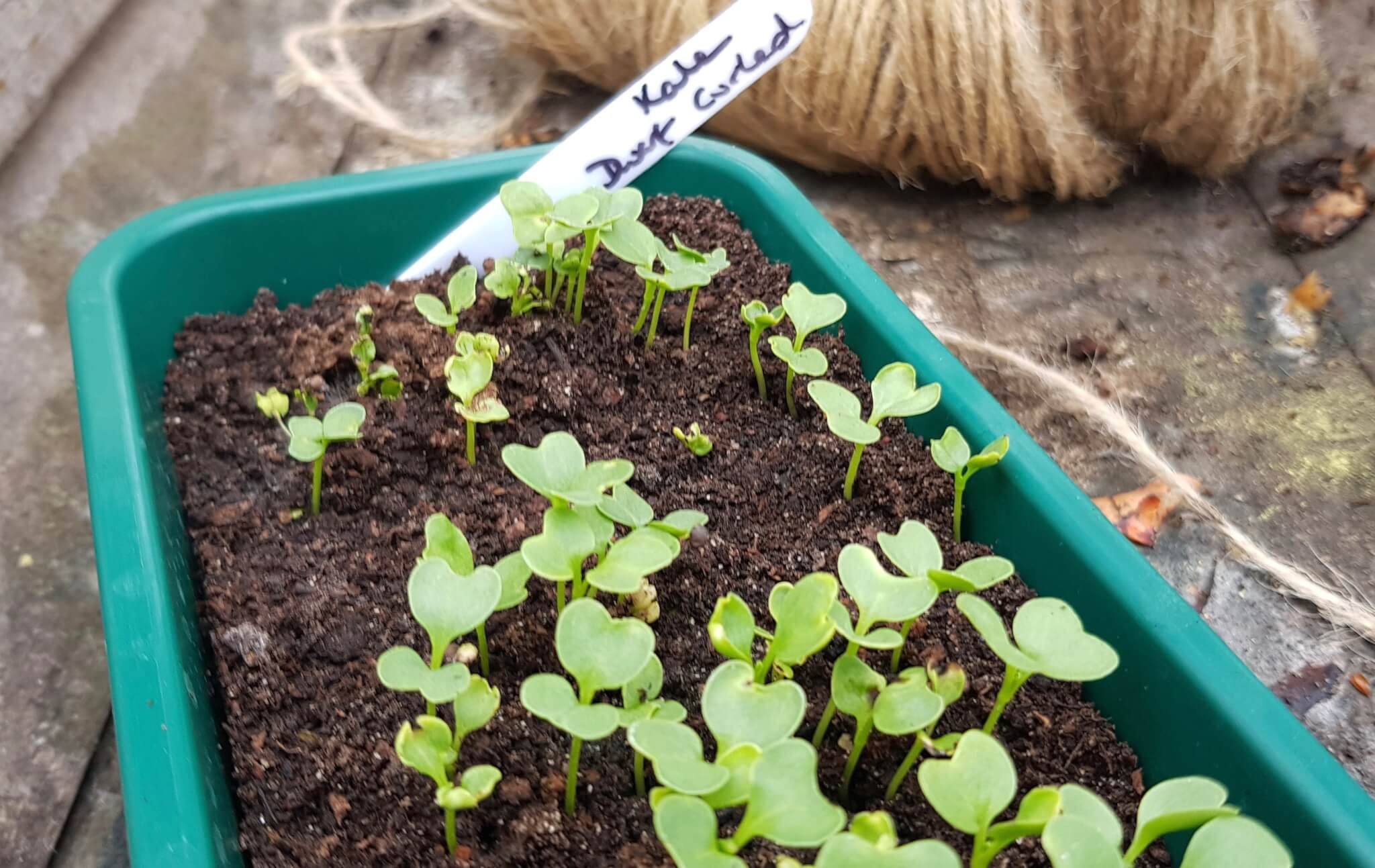
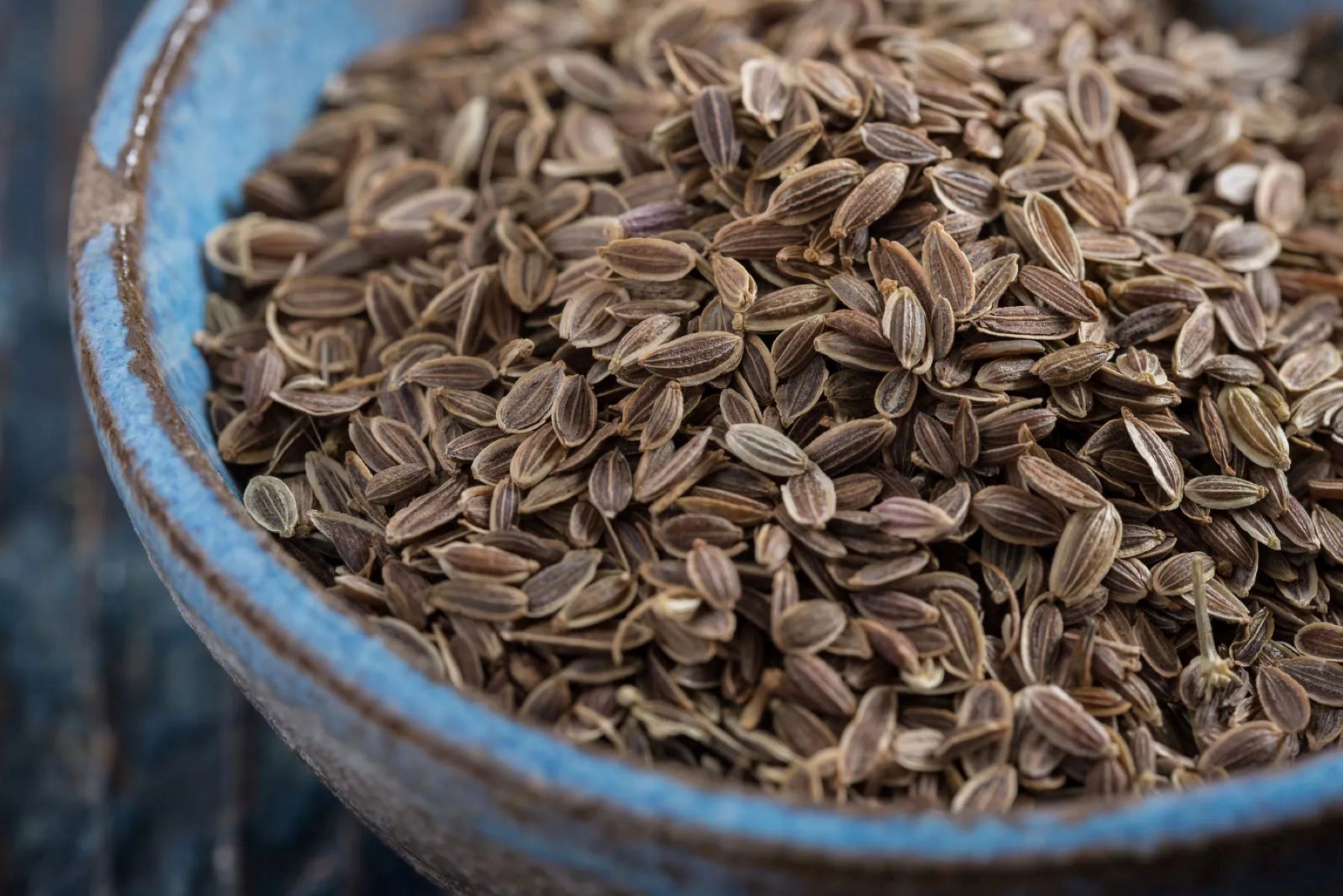
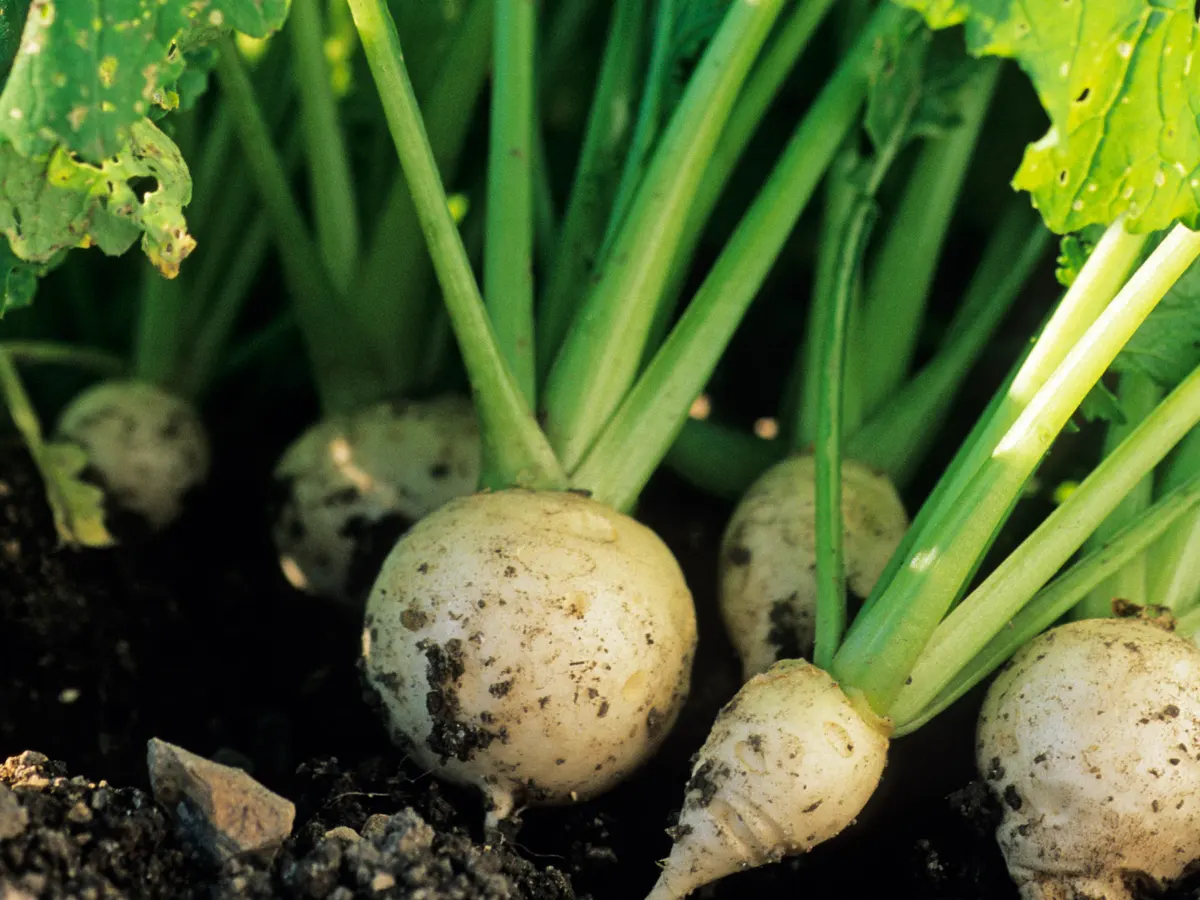
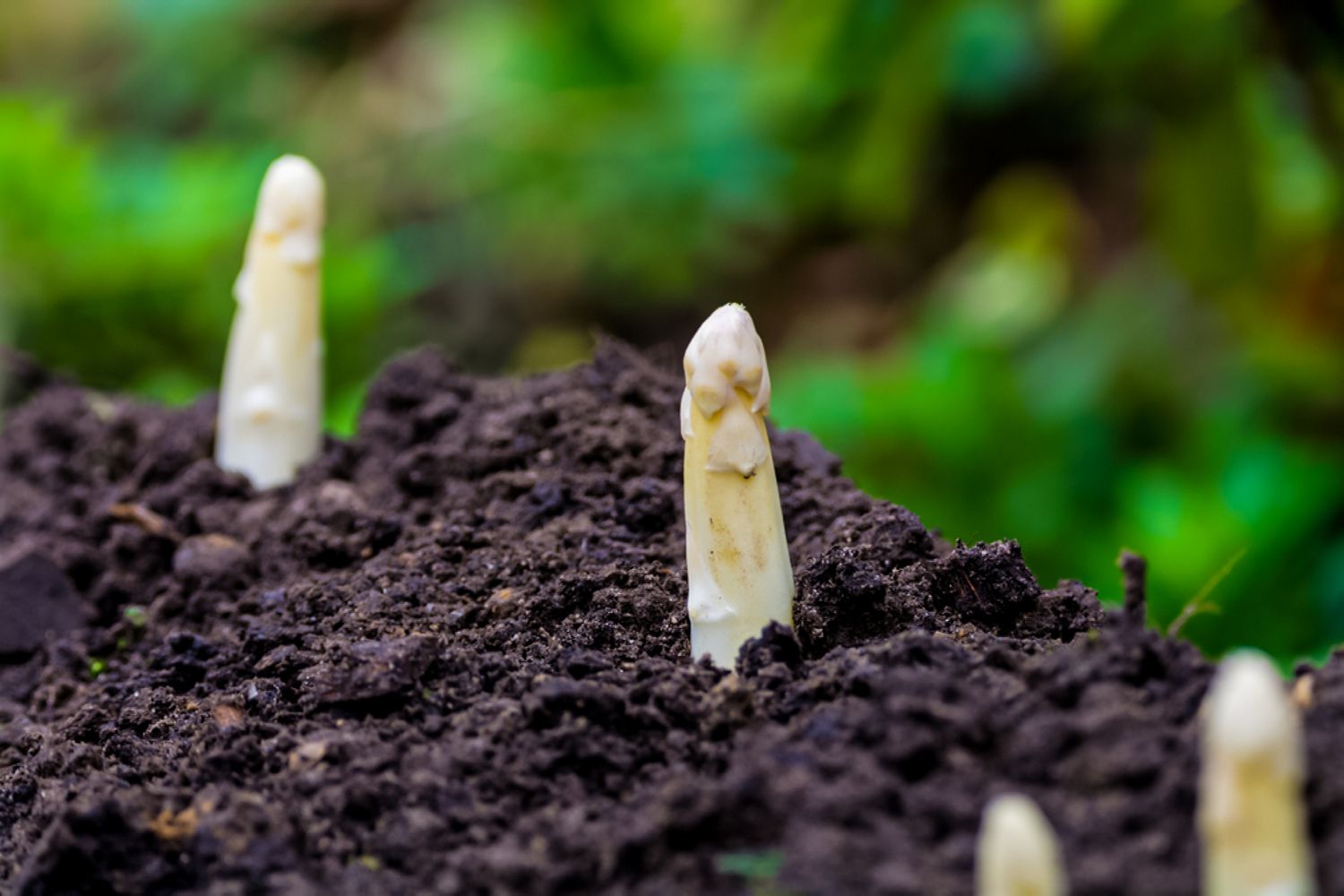
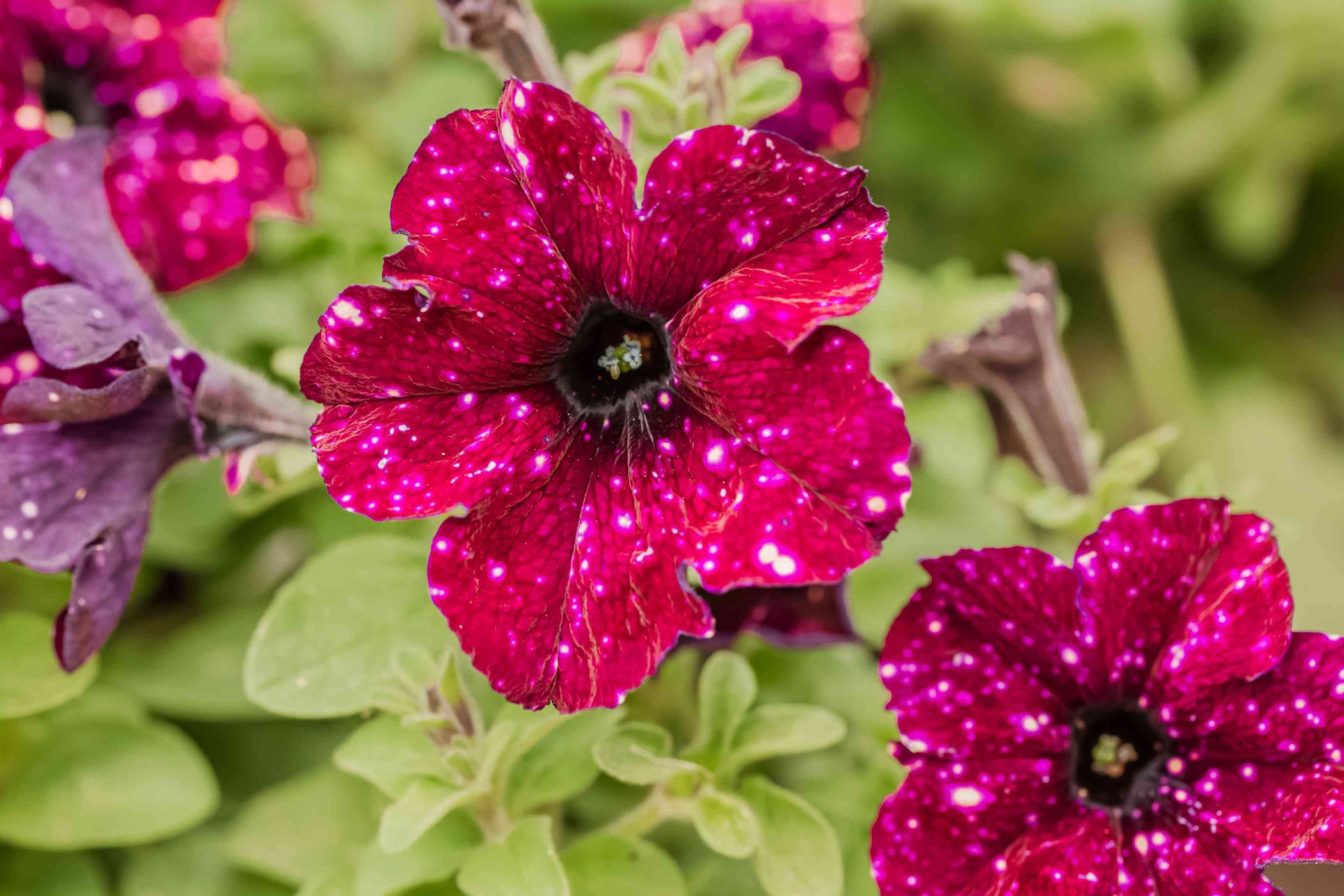
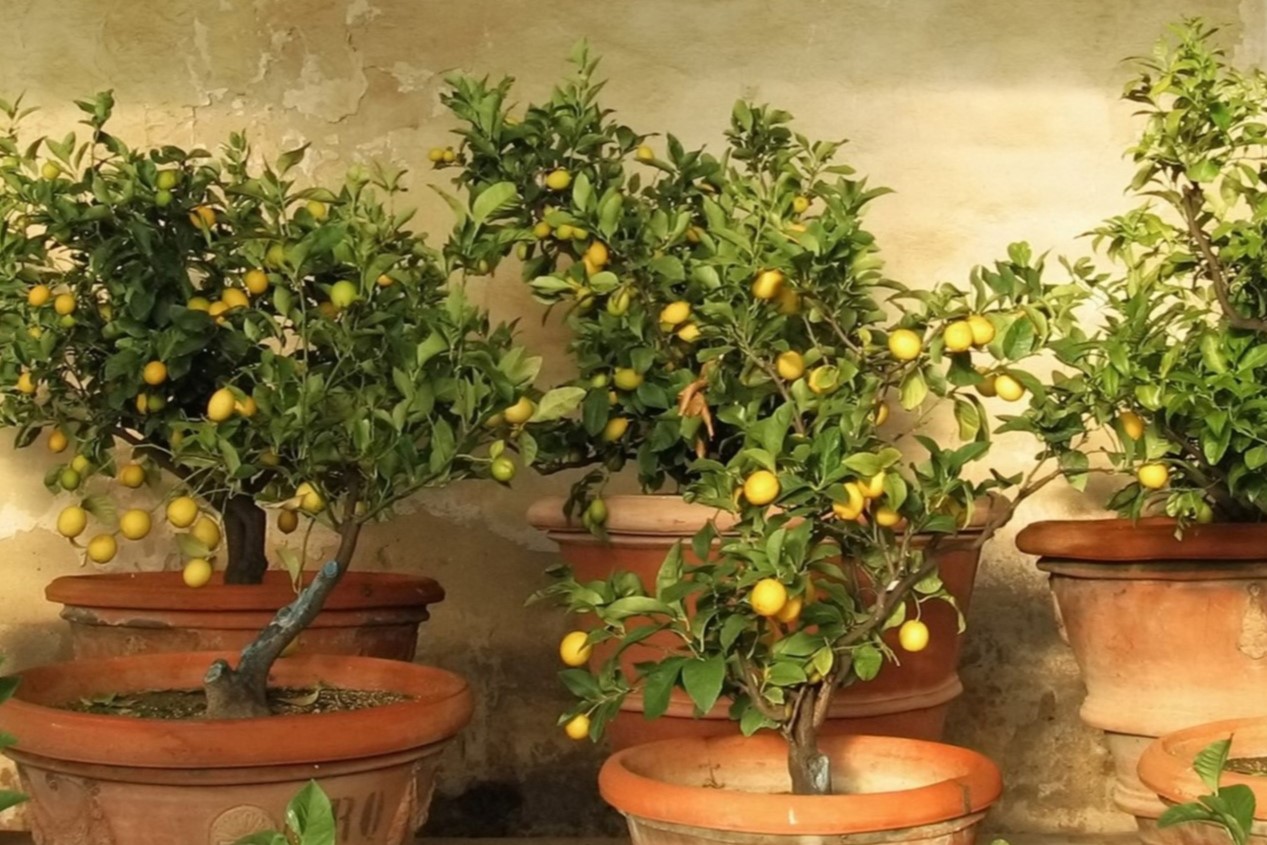
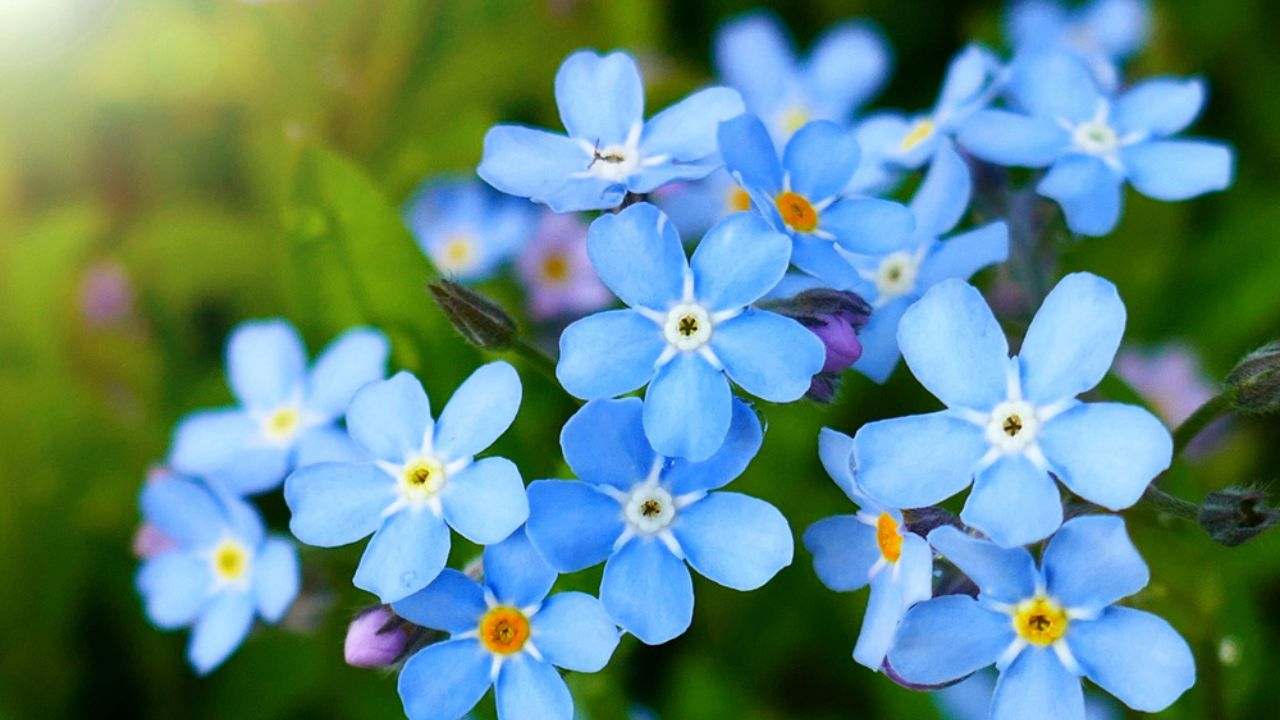

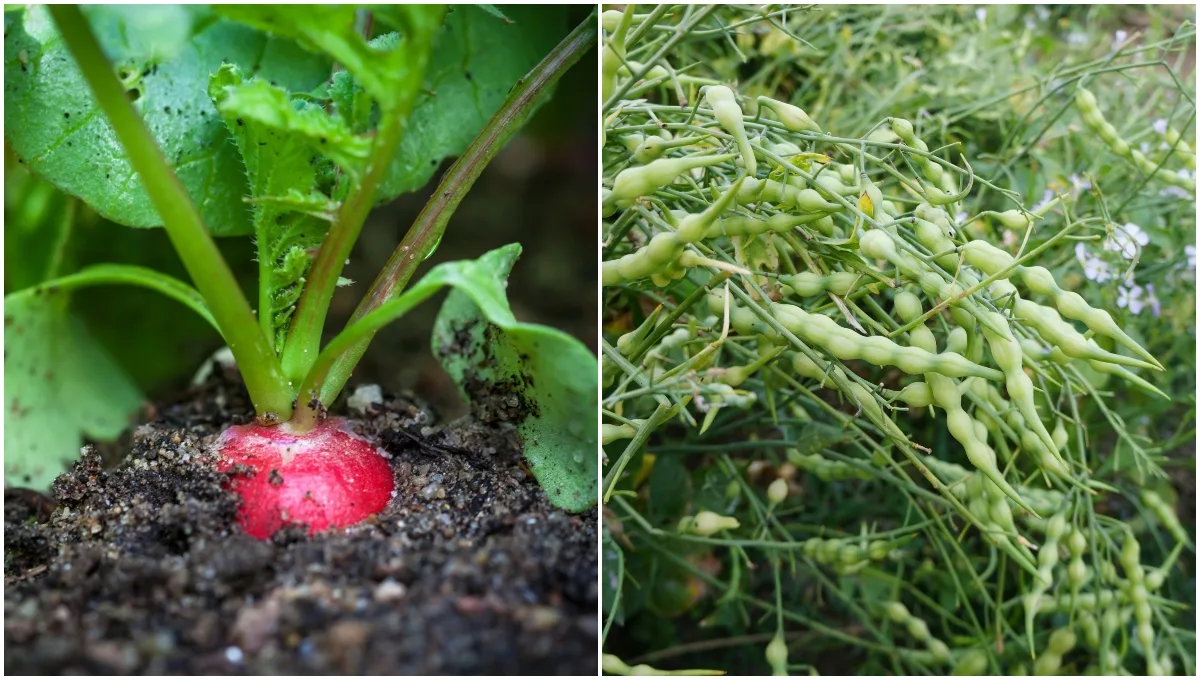

0 thoughts on “How Deep To Plant Papaya Seeds”